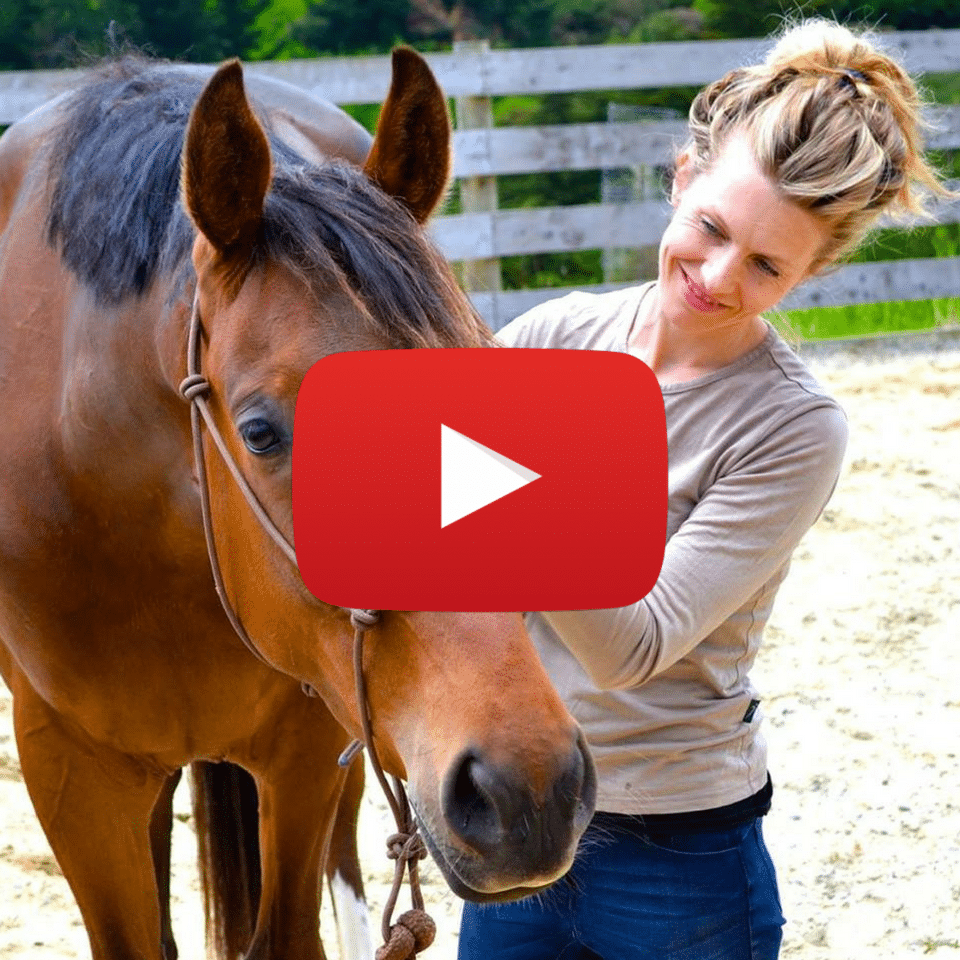Last week, I shared some thoughts on empathy and how my understanding of survival patterns have made me more aware of my responses and how I might inadvertently feed into or support patterns that aren’t in the best interest of the rider (if you want to check that out, you can do so here). The resulting discussion was a lively and fascinating one, and I had a number of comments, PM’s and emails asking how I respond now to people when they are communicating their anxiety and fears to me.
I wrote the following in response to those queries and thought it might be useful to share here also.
First up, this is not a discussion in right or wrong, good or bad; it’s a discussion for awareness. So while the initial focus lay with how best to support someone else, let’s flip it and consider things from our side of the fence, rather than from the position of the person we are seeking to support.
Our response to other people’s needs is actually a result of our patterning rather than theirs. In the case of the example I talked about (and I mentioned anxiety specifically), in order for this type of survival patterning to be reinforced, it requires a dancing partner; the victim (although this is too strong of a word to use in reality; the pattern can be much more subtle than this and doesn’t necessarily fit what we would understand as “a victim” per se) requires the helper. They exist on the same plane and share the same dynamic; just as the “victim” seeks to get needs met through the enactment of a pattern, the helper responding is also a way to get needs met (perhaps to feel needed, useful, feel some sense of power), and often times, you will see this dynamic flip back and forth.
In that sense, helping feels good to us, but that help is expressed in very specific ways, through what we perceive to be an extension of empathy and validation. And that help feels good to the other person, because, again, needs are being met.
So then, as I continue on my journey, I start to become aware of my own patterns, my own ways that I seek my needs to be met (and I was very much a helper so don’t think I’m viewing this situation as an outsider), I start to develop a degree of neutrality to behavioral expressions; it’s not good or bad, it’s just their experience. The cycle of the victim (again, this word is really inadequate but we’ll use it for the sake of example) no longer triggers the helper in me because I have released that pattern from my own experience.
Am I empathetic? Yes. Does that make me immune to the suffering of others? Absolutely not. But now I am viewing things from a different vantage point. I understand the stories, labels, patterns as part of them expressing what feels true for them in this moment, and their experience isn’t playing out in my body in a way that provokes me to participate in that dynamic.
How we respond has to do with our needs, not the other persons. Our truth and the other person’s truth changes from moment to moment, based on our perception. So again, it comes back to awareness. None of this can be contrived or forced. There is nothing wrong with extending your understanding in whatever way you want, and the unconscious impulsion to respond how you see fit is what will lead and be picked up on regardless.
It’s just about observing our own patterns and the way those patterns play out, rather than labeling something as good or bad, right or wrong.
In a therapeutic/coaching relationship thing, I have a responsibility to take care of my own stuff. In my opinion, you have to care enough about the people you work with for that to be a priority. I have to do the work so that I’m aware of my own patterns first and foremost, so I am responding to them in as much as is possible, rather than myself.
Onwards.
❤️ Jane

